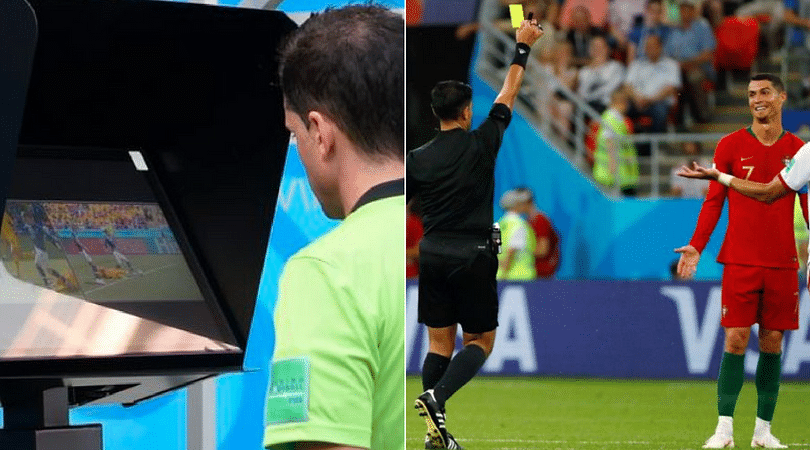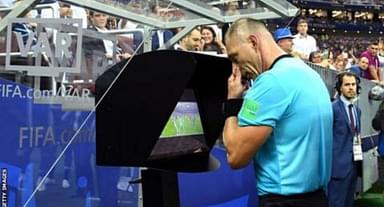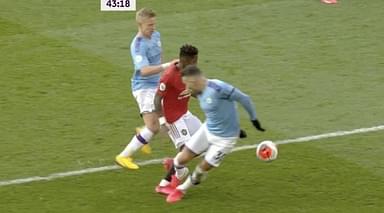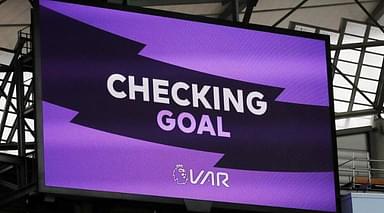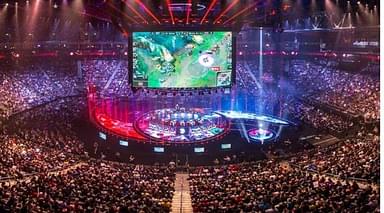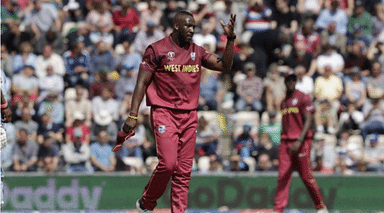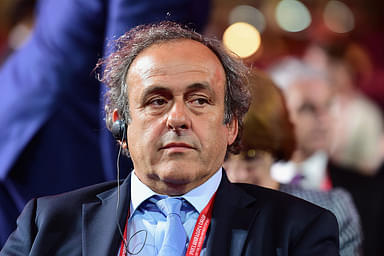VAR has been in limelight ever since the World Cup began on June 14. While some have welcome it, many bash the technology for being faulty.
This is the first time VAR has been used in the FIFA World Cup. It had been tested earlier in the FA Cup, but it was the first time that the technology was used wholly in a football tournament. Many referees are in Russia with no prior experience of working with VAR. Justifiably, ever since the World Cup began, VAR has been the centre of a lot of controversies, confusions, and subsequent outrages.
Yesterday, during Portugal’s match vs Iran, Ronaldo’s foul was referred to VAR, and even when it was deduced that Ronaldo fouled the Iranian player, he wasn’t sent off. In the other Group B game, Spain’s goal, which was ruled off-side, was overturned after VAR suggested otherwise.
With so much going on surrounding the VAR, it is important to understand how it functions, and how its structure is designed to function for the World Cup.
So, What is VAR?
VAR stands for Video Assistant Referee. It is football’s first attempt to use video referrals to help the on-field referees in taking a thoughtful decision over fouls, penalties and/or goals.
How does VAR work?
No matter where the match takes place in the World Cup, a VAR team is stationed at the operational room in Moscow. The team is assisted with all the 33 cameras at the stadium, of which 12 are slow-motion ones. For the knock-out phase, an additional ultra slow-motion camera will be added for an in-depth view of the incidents.
VAR and on-field referee enjoy a two-way communication. Both can communicate their suggestions on a particular incident with each other. Referee can ask for assistance to the VAR team for an occurrence on the field. Likewise, the VAR team can also inform the on-field referee if they spot a incident which demands referee’s interference.
Does VAR have decision-making powers?
No. VAR only works within its advisory capabilities to inform and assist referees in helping him make a more informed decision on the field. Whether the referee decides to accept VAR’s information is entirely up-to him.
When can VAR be used?
It can be used in match-changing situations. These include goals, penalty decisions, red cards and cases of mistaken identity.
If the referee makes a mistake, or fails to spot the errors, VAR can communicate with the referee and suggest him to review. If the referee makes a square in the air with his hand, it means that the VAR team is reviewing the incident. The referee can watch the same incident in the “referee review area”, which is located near the benches on the sidelines.
Do the players have any say?
No. Players cannot ask the referee to use VAR.

